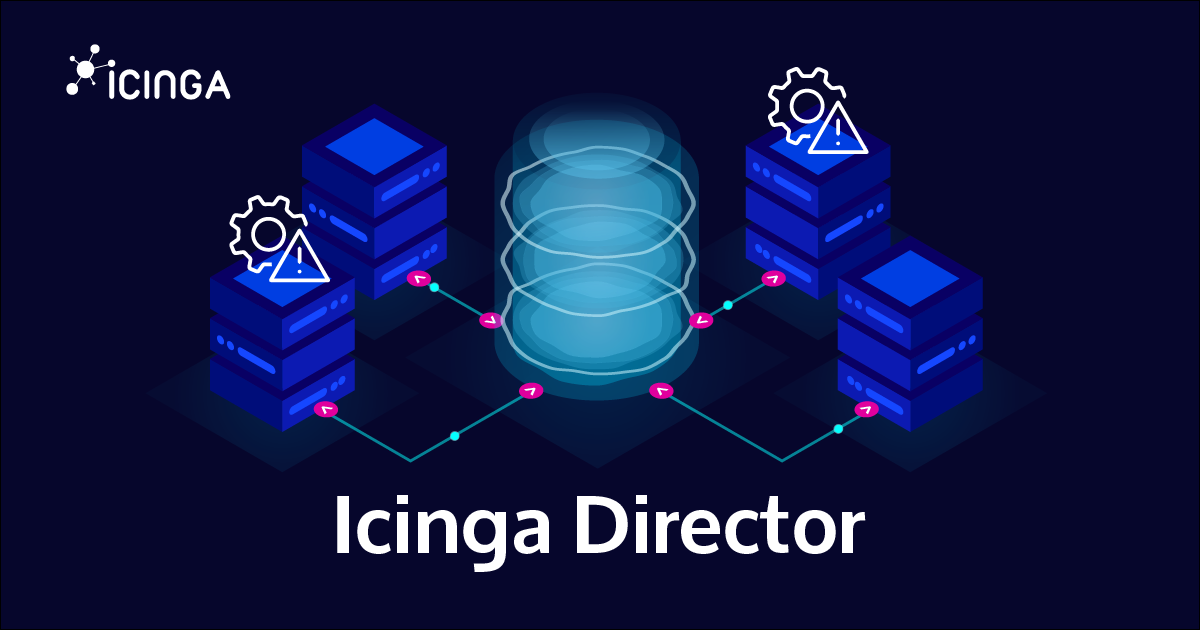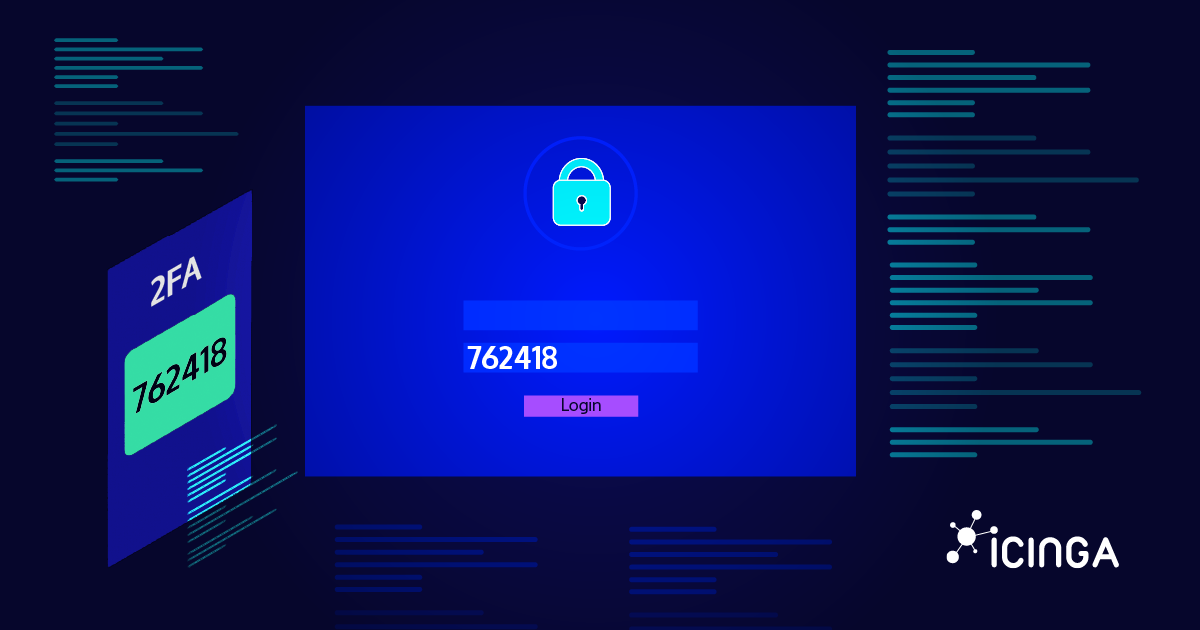Infrastructure monitoring is used to collect health and performance data from servers, virtual machines, containers, databases, and other backend components in a tech stack.
How infrastructure Monitoring works
Infrastructure monitoring tracks the availability, performance, and resource utilization of hosts, containers, and other backend components. Infrastructure monitoring provides visibility across multiple layers of the tech stack, including the hardware, the operating system (OS), and the application server. The hardware layer includes the physical components, such as memory chips and the processor, that your backend components use to function. The OS is an intermediary between the hardware and application layers. It provides a user interface, executes the applications, and controls how the host uses CPU and other resources. The application server is the host that generates content for client applications and services.
Use cases of Infrastructure Monitoring
Troubleshoot performance issues
Infrastructure monitoring is commonly used to prevent incidents from escalating into outages. An infrastructure monitoring tool can show which hosts, containers, or other backend components failed or experienced latency during an incident. When an outage does occur, engineers can determine which hosts or containers were responsible. This helps teams resolve support tickets and address customer-facing issues.
Optimize infrastructure use
Infrastructure monitoring can also be used to proactively lower costs. For example, if some of your servers are overprovisioned or sitting idle, you can decommission them and run the associated workloads on fewer hosts. You can also balance your infrastructure usage by directing requests from underprovisioned hosts to overprovisioned ones.
Forecast backend requirements
Organizations can predict future resource consumption by reviewing historical infrastructure metrics. For example, if certain hosts were underprovisioned during a recent product launch, you can configure more CPU and memory in the future during similar events to reduce strain on key systems and reduce the likelihood of revenue-draining outages.
How can i monitor my infrastructure?
It’s possible to monitor your entire infrastructure with icinga. Important functions like cloud-native and autoscaling support, tagged infrastructure metrics and customizable alerts are available with Icinga.






